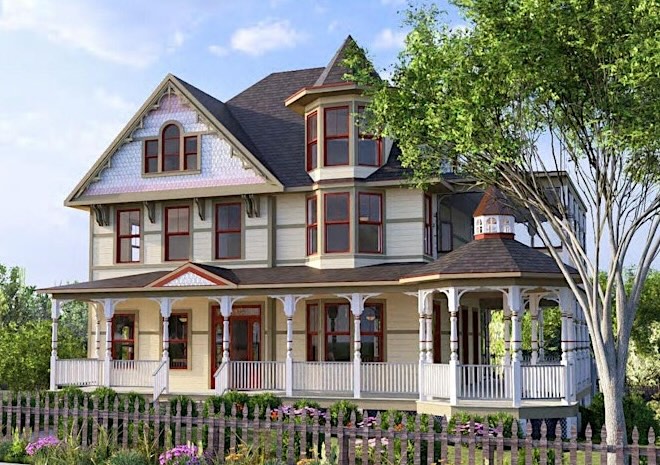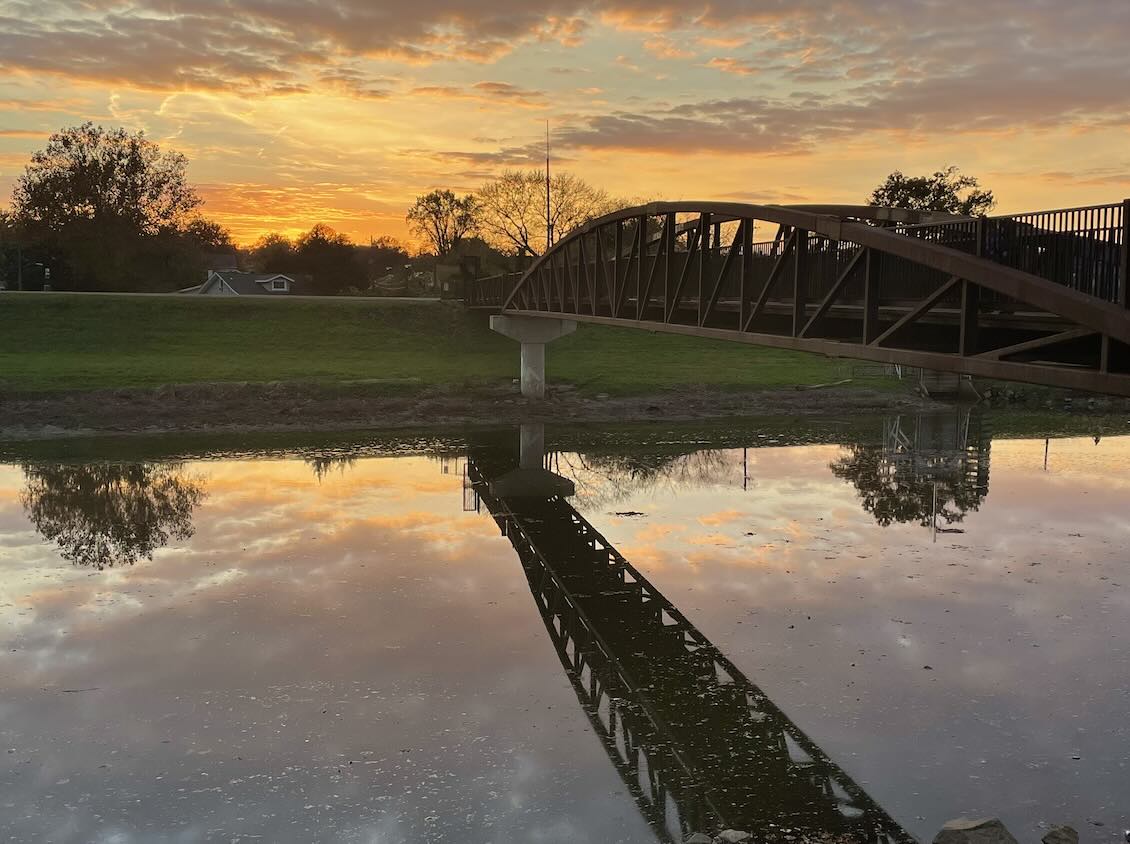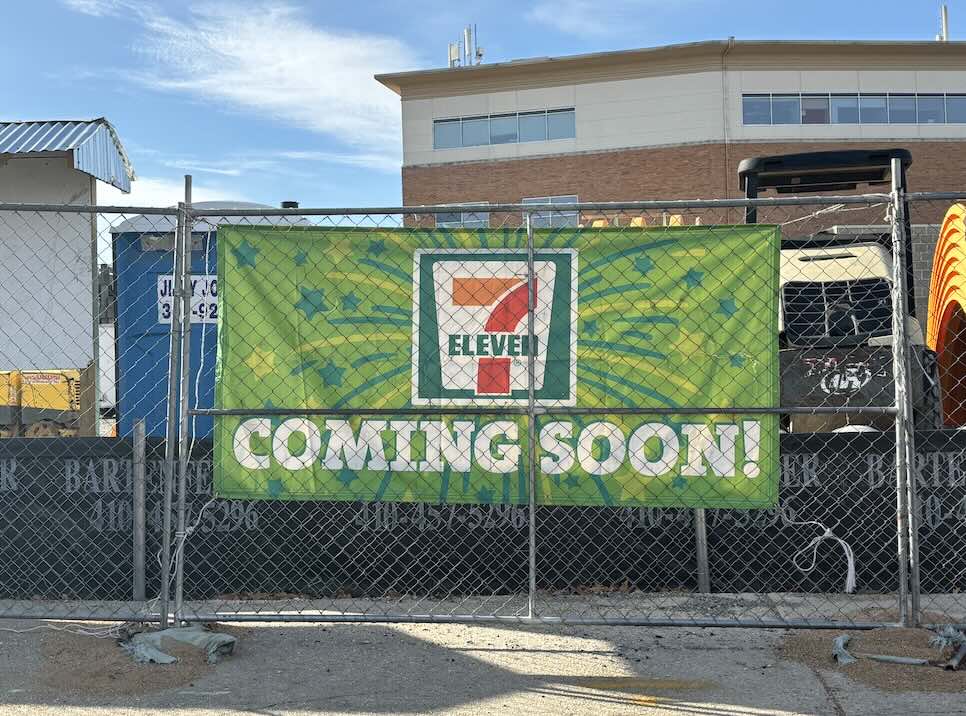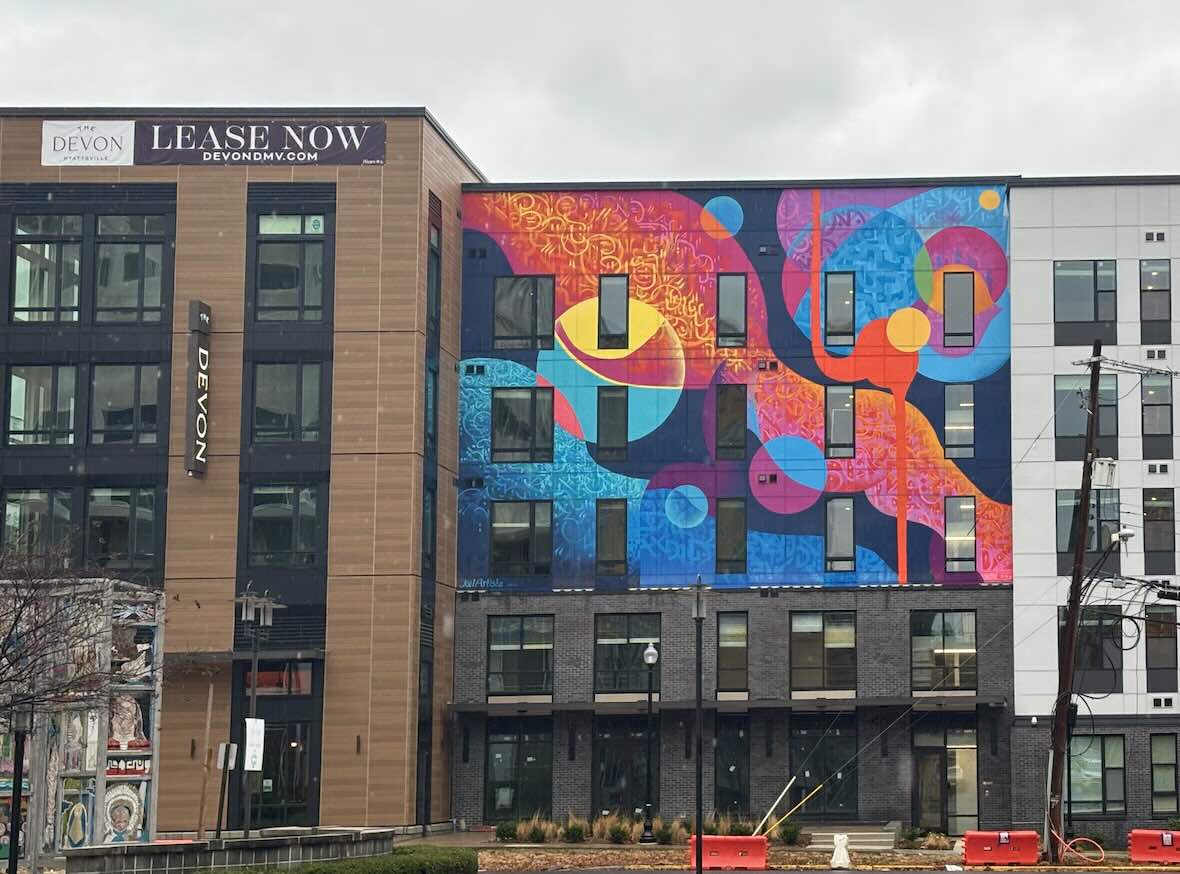
Thanks in part to its annual house tour, which takes place today, the Hyattsville Historic District is well-known. But there’s another historic district in the area that’s not as well-publicized: College Heights Estates.
The neighborhood north of University Park called College Heights Estates has been listed on the National Register of Historic Places since 2012.
The area began as a farm called Smith’s Folly. Dr. William Octavius Eversfield, who had served as a field surgeon in the Civil War, inherited the land from his mother in 1878 and worked out of a one-story log building on it for decades.
Starting in 1937, his widow and children sold parts of what was then called the Eversfield Farm to a real estate developer. The bulk of the homes now considered historic were built between 1938 and 1960, north of Wells Parkway between Adelphi Road and Route 1.
Unlike the streetcar suburbs along Route 1, College Heights Estates was designed around the automobile, with garages, brick walkways leading to homes set farther back from the street and large, leafy lots—all conditions set by restrictive covenants placed on the properties. As with University Park, the roads often wind unexpectedly and dead end in order to prevent casual drivers from passing through the area.
The homes were also aimed at the higher end of the market, with large floor plans mostly in a Colonial Revival style then in vogue that featured lots of brickwork and columns inspired in part by Colonial Williamsburg, which had become a tourist attraction in the 1930s. Most of the homes in the neighborhood were designed by the developer, giving them a consistent look, but a handful of homeowners hired their own architects and went with more unconventional styles.
Over the years, the area has been popular with University of Maryland professors and administrators, including several of the college’s presidents (including its current one, Wallace Loh). It’s also seen an influx of families with younger kids in recent years as the original homeowners have moved away.
With only 200 homes, the neighborhood doesn’t turn over that frequently. Currently only one home—the Tudor Revival pictured above—is for sale.


















